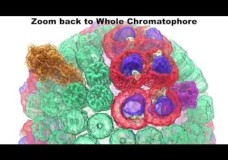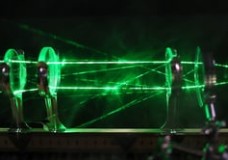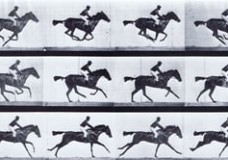The Day The Mesozoic Died HHMI – Sean B. Carroll (2012)
This is one of the four educational video series by Sean B. Carroll produced for communicating evolution to public with the support of HHMI. Today we know the cause of the disappearance of the dinosaurs at the end of the Cretaceous period. This knowledge was produced by the meticulous coordinated work of many scientists. The Day The Mesozoic Died focuses on how scientists do the detective work using the scientific method. The discovery that an asteroid struck the Earth 66 […]












Recent Comments